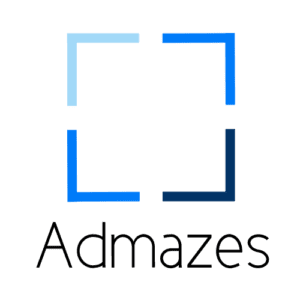Switching from Power BI to Looker and Looker Studio
If you’re looking for a powerful and user-friendly business intelligence (BI) tool, Looker and Looker Studio are two great options. Both tools offer a wide range of features, making them ideal for businesses of all sizes.
Why Switch to Looker and Looker Studio?
There are several reasons why you might want to switch from Power BI to Looker and Looker Studio. Here are a few of the most important ones:
Ease of integration with GCP tools. Looker and Looker Studio are native to Google Cloud Platform, which makes them easy to integrate with other GCP tools. This can save businesses time and money, as they won’t need to purchase and maintain separate software for data analysis.
Looker (Google Cloud core) is part of a unified, open and intelligent data ecosystem. Looker is a powerful business intelligence platform that helps businesses make better decisions by analyzing data from a variety of sources. It is part of the Google Cloud Platform and offers features such as in-line commenting and collaboration tools.
Looker is a modern BI platform. Looker is a modern business intelligence platform that helps you explore, analyze and share data to make better decisions. It provides a centralized data repository, governance and control, and a modern user experience. With Looker, you can create integrated insights, data-driven workflows and custom applications.
Here are some of the key features of Looker:
Centralized data repository: Looker provides a single source of truth for your data, so you can be confident that you are always working with the most up-to-date information.
Governance and control: Looker gives you the power to control who has access to what data, and to set permissions for different types of users.
Modern user experience: Looker offers a modern, intuitive user interface that makes it easy to explore and analyze data.
Integrated insights: Looker helps you connect the dots between different data sets to reveal hidden insights.
Data-driven workflows: Looker can help you automate your data-driven workflows, so you can focus on making decisions.
Custom applications: Looker allows you to create custom applications that are tailored to your specific needs.
Here is a brief overview of the process of using Looker and Looker Studio:
Create a Looker account and sign in to the Looker web application.
Create a new project and add the data sources that you want to analyze.
Create a LookML model to define the relationships between your data.
Connect Looker to Looker Studio to visualize your data.
Share your Looker content with others.
How to Make the Switch to Looker and Looker Studio
If you’re ready to switch from Power BI to Looker and Looker Studio, here are a few tips to help you make the switch smoothly:
Start by creating a plan. Before you start the switch, it’s important to have a plan. This will help you to identify the data that you need to migrate, the users who need to be trained, and the timeline for the switch.
Migrate your data. Once you have a plan, you can start migrating your data to Bigquery or Google Warehouse. This process can be automated, making it relatively easy to complete.
Train your users. Once your data is migrated, you need to train your users on how to use Looker and Looker Studio. This training can be done in person or online.
Monitor the switch. Once the switch is complete, it’s important to monitor it to ensure that everything is working properly. This will help you to identify any problems and fix them quickly.
Our Experience
Admazes has mature experience helping clients switch from Power BI to Looker and Looker Studio. We have a proven track record of success.
Here is a step-by-step process of how we help our clients switch from Power BI to Looker and Looker Studio:
Contact us today to learn more about how Admazes can help you take your marketing to the next level!

